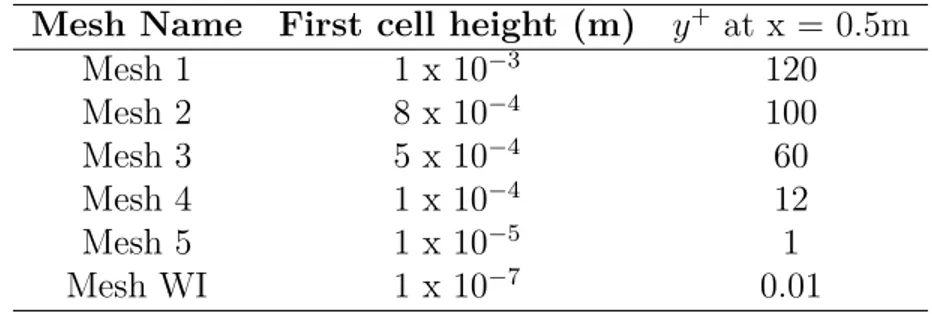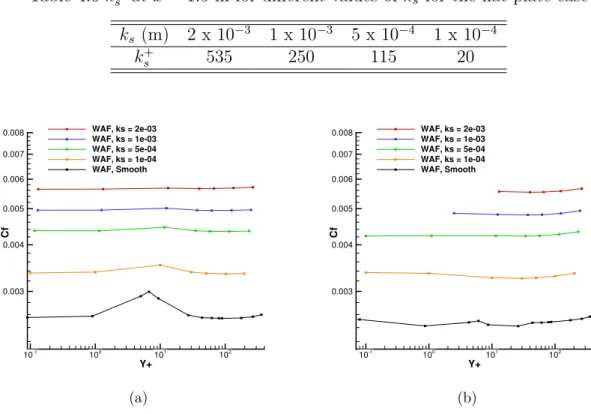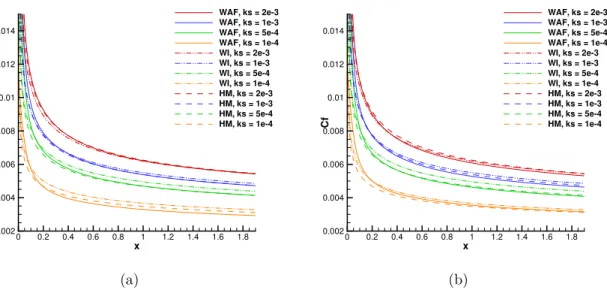RANS Computation of Heat Transfer Over Rough Surfaces
Texte intégral
Figure


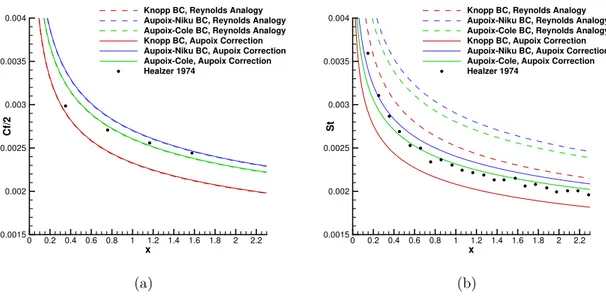
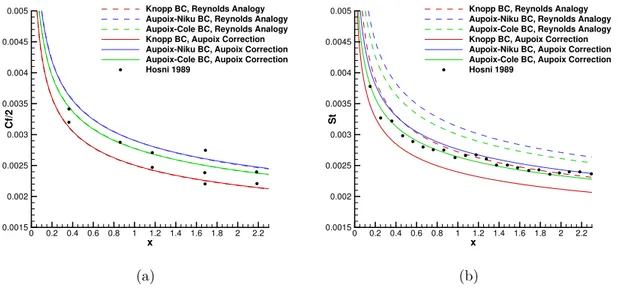
Documents relatifs
In particular, we obtain critera for three-weight inequalities for the Hardy-type operators with Oinarov’ kernel on monotone functions in the case 0 < q < p ≤ 1..
In this brief note, an effective second order finite difference method and the Keller box method are adopted to solve the system of coupled, highly nonlinear differential
Dans tout le problème, on confondra un polynôme à coecients réels avec la fonction polynomiale dénie dans R qui lui est associée..
The second approach has been retained here in order to perform the coupling of a two-fluid model (which involves six governing partial differential equations in order to account
Budgets of turbulent heat fluxes and temperature variance obtained from the Direct Numerical Simulation of an incompressible periodic channel flow with a Reynolds number of 150
En utilisant la r´ eciproque du th´ eor` eme des milieux dans le triangle ABC , I est le milieu de [AC], donc si (KI) ´ etait parall` ele ` a (BC ) alors K serait le milieu de
[r]
In fact, in the case of rough wetting surfaces (endowed with a no-slip condition), one can even show the following: if one puts the artificial boundary in a way that the flow rates


